Best winter hikes in Colorado for snowy adventures
The best winter hikes in Colorado take you through fresh powder to frozen waterfalls without the summertime crowds

It’s no secret that Colorado has some of the best trails around, from alpine lakes to majestic peaks, but some hikes are best kept for winter. Whether you’re planning on snowshoeing through fresh powder, walking to a frozen waterfall or just want a break from skiing, the best winter hikes in Colorado are a great way to keep you moving during the long cold season here.
Come winter, some of Colorado’s popular summer trails become impassable, but many simply transform into snowshoe trails while some ski resorts such as Vail are open to uphill use and others offer dedicated snowshoe and cross country skiing terrain.

You’ll want to read our article on what to wear for winter hiking as you can expect cold temperatures, dry conditions and brilliant sunshine most winter days here. For footwear, a good pair of hiking boots is key and for well-packed snow, they’re all you’ll need in addition to hiking poles. For deeper, unpacked snow you’ll want to bring a good pair of snowshoes and check out our guide to snowshoeing for beginners.
It’s worth taking a look at our article on avalanche safety if you’re planning on tackling steeper slopes in the backcountry, however there are lots of mellow trails to choose from where this won’t be an issue. Colorado is a magical place in the winter months and the trails are quieter than in summer so it’s a perfect time to adventure.
You may also be interested in our guide to the best national parks to visit in winter.
Emerald Lake, Rocky Mountain National Park

Distance: 3.5 miles
Difficulty: Easy
Rocky Mountain National Park is open year-round and Emerald Lake is easily one of the most coveted sights in the park. In the winter, you can enjoy frozen waterfalls on your hike in to Emerald Lake, which is framed by a white-cloaked Hallett Peak in the background. This easy trail doesn’t require snowshoes.
All the latest inspiration, tips and guides to help you plan your next Advnture!
Start out from the Bear Lake trailhead and take a left at the first junction to join the Emerald Lake trail. You’ll start climbing through the forest almost straight away and soon pass pretty Nymph Lake, which makes an excellent pit stop before the steeper climb that follows. Enjoy stunning views of Hallet Peak and Flattop Mountain before reaching Dream Lake. After the lake, you’ll climb through picturesque Tyndall Gorge towards Flattop Mountain finally arriving at Emerald Lake
St Mary’s Glacier, Idaho Springs
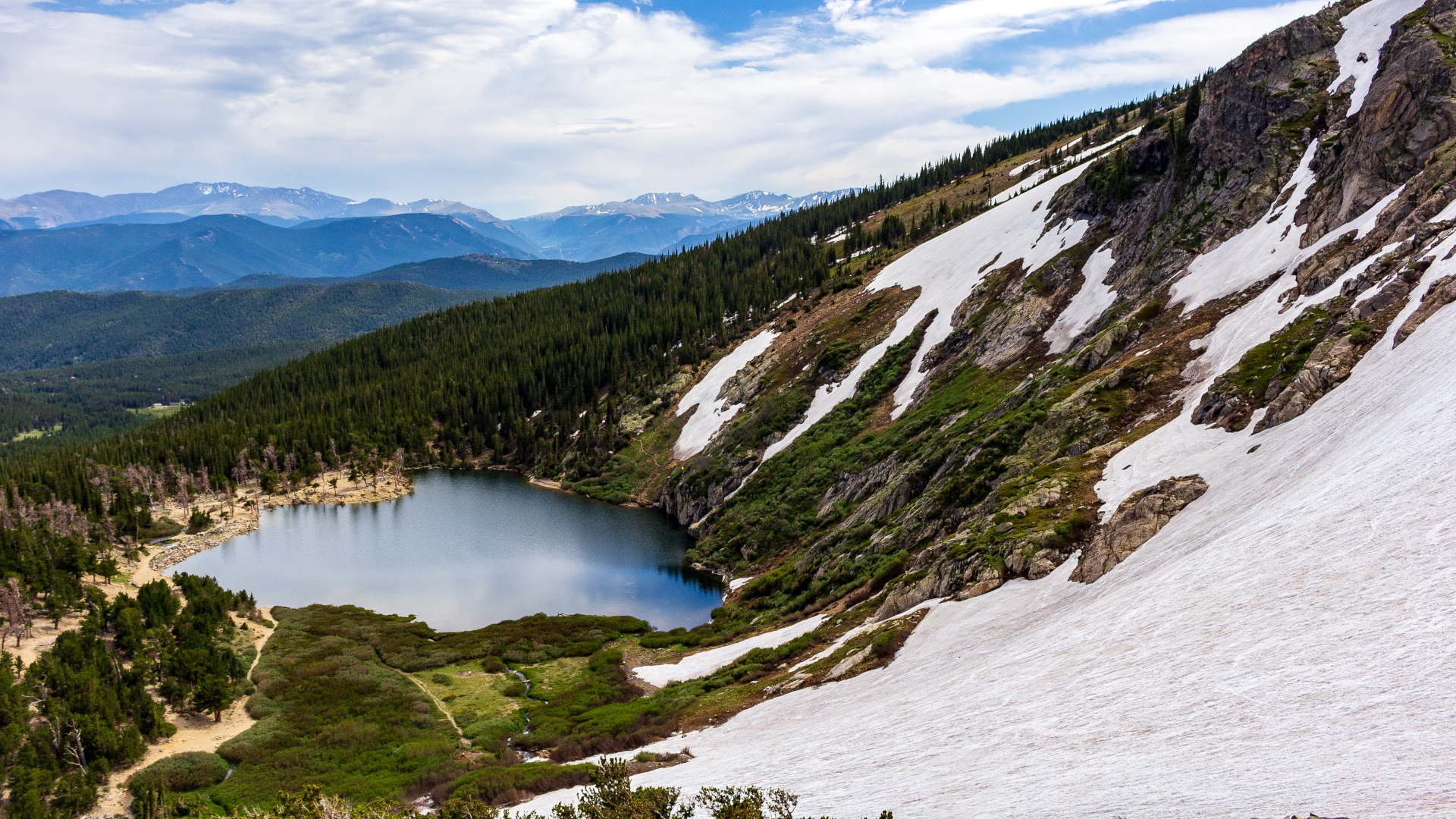
Distance: 2.4 miles
Difficulty: Easy
This hike made our list of best hikes near Denver and in winter, the well-trafficked trail means you can do it in hiking boots, though you might want Yaktrax or Microspikes if you want to cross the glacier itself.
This hike delivers truly spectacular views of an alpine lake and glacier without having to cover much terrain at all. The glacier is really a semi-permanent snowfield located in the James Peak Wilderness, but the views are breathtaking for even the most seasoned Colorado hiker.
To get to the trailhead, take exit 238 from Interstate 70 west and follow Fall River Road to the parking lot. Follow the signposted St. Mary’s Trail and arrive at St. Mary’s Lake after about half a mile. This stunning high alpine lake is an ideal spot to rest and enjoy lunch with fantastic views. Continue along the trail to the glacier, where the obvious route disappears. Turn back whenever you are ready.
Mayflower Gulch, Frisco
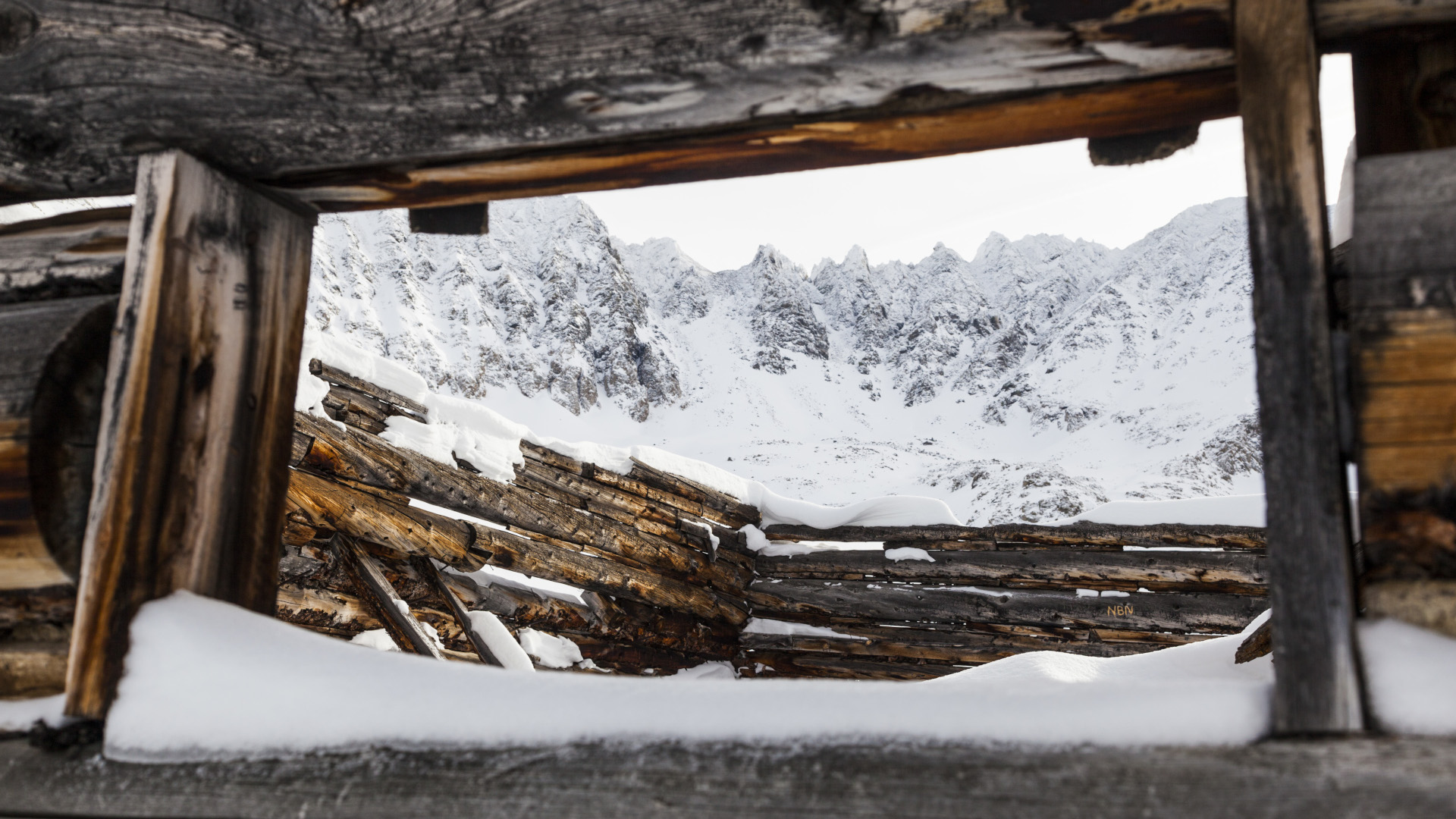
Distance: 6.1 miles
Difficulty: Moderate
Mayflower Gulch takes you through a forested mellow road that opens up into a spectacular basin dotted with old mining ruins that becomes a wonderland during winter months. In the winter, you can often do this hike without snowshoes. Once you reach the mining ruins, you can turn back or continue on up to the right to meet the Grand Traverse trail for 360-degree views of the Rocky Mountains. For this part, you may want snowshoes or Yaktrax depending on conditions. From Copper Mountain, take 91 South and park in the big parking lot on the left.
Quandary Peak, Breckenridge
Distance: 6.75 miles
Difficulty: Challenging
Even Colorado’s easiest 14ers are off-limits in the winter months, with one possible exception: Quandary Peak. This popular peak involves a moderate climb, low avalanche risk (note: not “no” avalanche risk) and easy access. If you’re experienced with hiking 14ers and high altitude hiking, a winter 14er might be within reach here.
Winter is a good time to experience this hike without the hoards of summer visitors, though you’re certain to see lots of mountain goats up here. Park at the trailhead off 851 or use the free shuttle service from Breckenridge and enjoy splendid views from the highest point in the Tenmile Range.
Emerald Mountain, Steamboat Springs
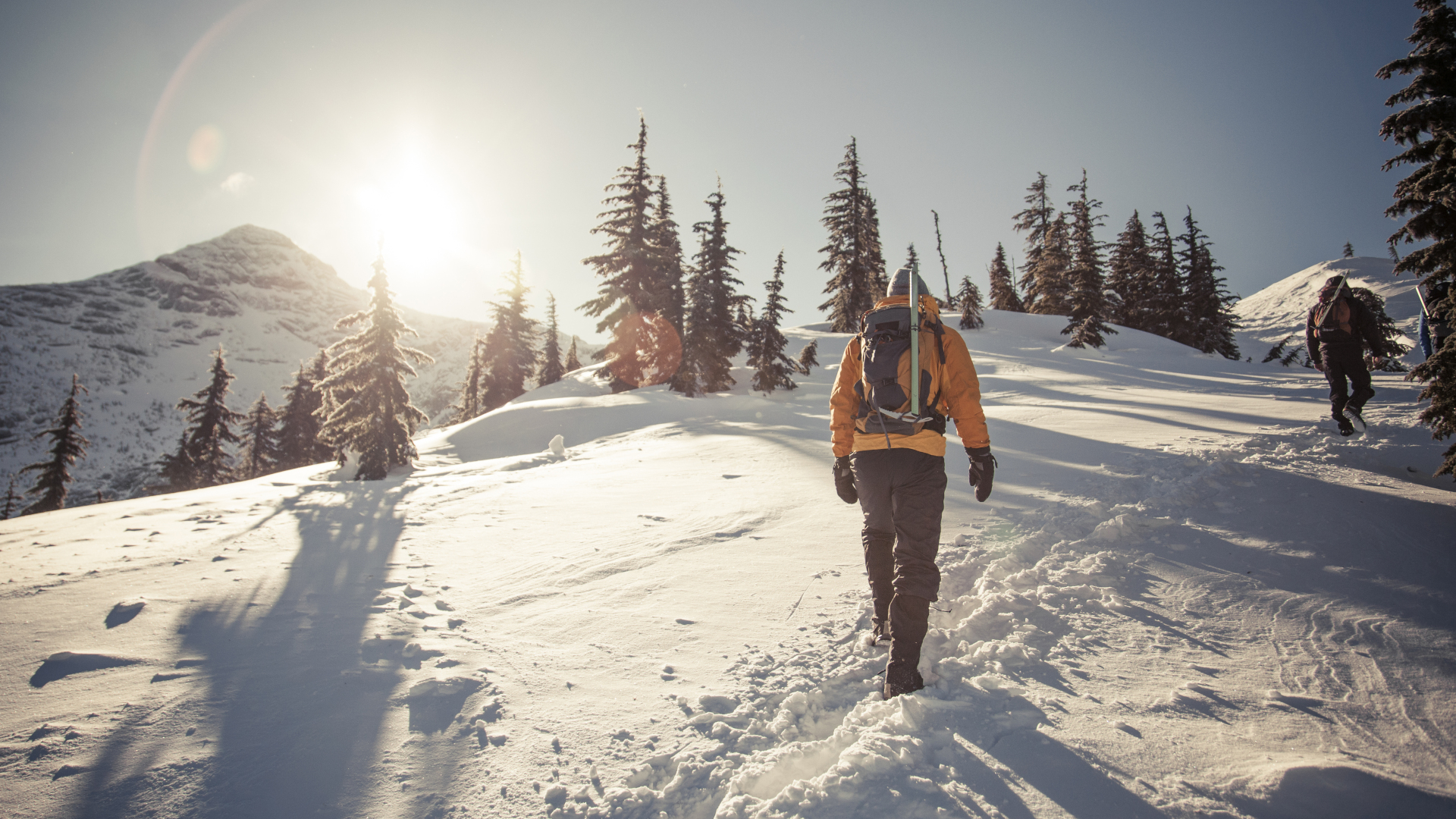
Distance: 3.8 miles
Difficulty: Moderate
With an elevation of 8,252ft, Emerald Mountain is relatively low compared to surrounding areas, making this a popular hike year-round. Enjoy a snowy trail through thick forest and views of Mount Werner if you make it to the summit.
To get to the Routt Street trailhead, turn west on 13th Street. After a short distance, turn left onto Gilpin Street and then left onto Saratoga Avenue. Take the first right to Routt Street and park at the marked trailhead.
Maroon Bells Scenic Loop, Aspen

Distance: 1.9 miles
Difficulty: Easy
In summer, Maroon Bells makes for one of the best backpacking trips in Colorado, but in winter you can still experience the splendor of Colorado’s most photographed vista.
The scenic loop is short, easy and transformed into a frosted winter wonderland come December. Find the trailhead 10 miles west of Aspen up Maroon Creek Road off Hwy. 82 and enjoy a snowy stroll by Maroon Lake with the snow dusted peaks in the background.
Shrine Ridge Trail Vail
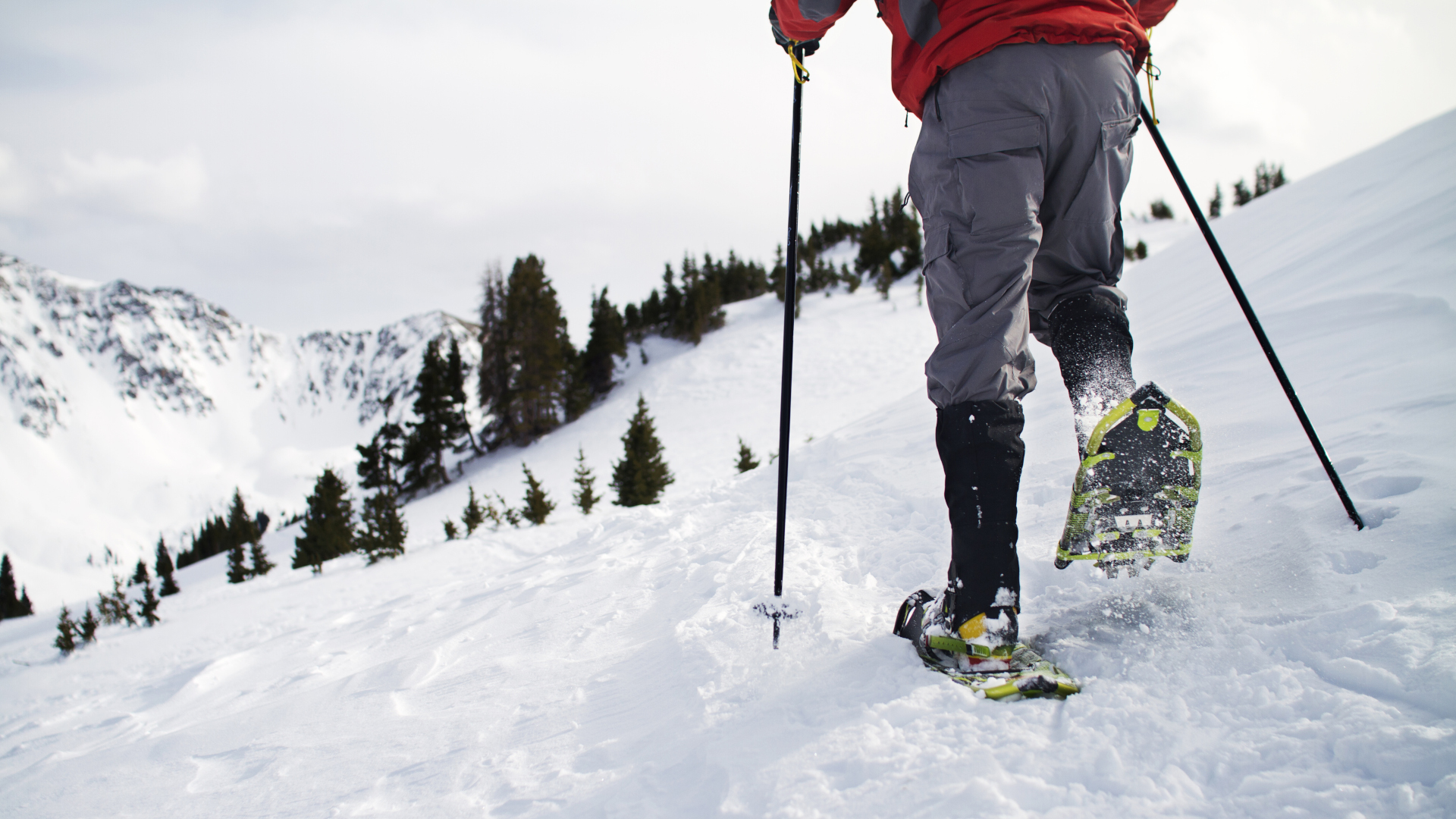
Distance: 4.3 miles
Difficulty: Easy
Up on Vail Pass, you’ll find one of the best hikes in Vail and one of the most popular hikes in the Sawatch Range. Shrine Ridge Trail clocks in at well over 11,000ft in elevation and you get all the gifts of a high alpine hike without much climbing at all. This hike ambles by two frozen ponds and through snow blanketed alpine meadows with spectacular panoramic views of the snow covered mountain ranges, including views of Mount of the Holy Cross named for the white snow cross that appears on its northeast face in winter.
Take exit 190 from I-70 and follow the sign to join Shrine Pass road. Follow the gravel road to the trailhead and begin walking towards Shrine Mountain Inn to join the trail to the left.
Bear Creek Trail, Telluride

Distance: 5 miles
Difficulty: Moderate
It’s one of Telluride’s most popular hiking trails and made our list of the best Colorado hikes for fall colors. In winter, Bear Creek trail becomes a multi-use area and you’ll see skiers and snowboarders coming down as you hike or snowshoe up, so take care.
This steady, forested climb starts from downtown and follows a 325-acre rugged mountain canyon that has been preserved by the Telluride Land Trust ending at the icy Bear Creek Falls. Find the trailhead at the end of South Pine street and follow it all the way to the falls.
Mount Sanitas, Boulder

Distance: 2.1 miles out and back or a 3.2 mile loop
Difficulty: Moderate
While the other hikes on this list showcase the frosty wonderland that Colorado becomes in winter, Mount Sanitas tends to remain mostly snow-free and is a good option if you just want to get moving in winter. This popular Boulder hike delivers sensational views of town and a heart-pumping ascent.
Find the trailhead just west of the intersection of 4th and Mapleton, and take the first left to begin with a steep ascent where you’ll pass several rock formations popular with the local bouldering community.. At the summit, pick a rock slab to stretch out on and catch your breath while you soak in views of downtown Boulder, the Flatirons and Indian Peaks. Return the same way you came up, or continue on down the East Ridge Trail for a rewarding loop and enjoy views of the Flatirons from a unique perspective.
Julia Clarke is a staff writer for Advnture.com and the author of the book Restorative Yoga for Beginners. She loves to explore mountains on foot, bike, skis and belay and then recover on the the yoga mat. Julia graduated with a degree in journalism in 2004 and spent eight years working as a radio presenter in Kansas City, Vermont, Boston and New York City before discovering the joys of the Rocky Mountains. She then detoured west to Colorado and enjoyed 11 years teaching yoga in Vail before returning to her hometown of Glasgow, Scotland in 2020 to focus on family and writing.

